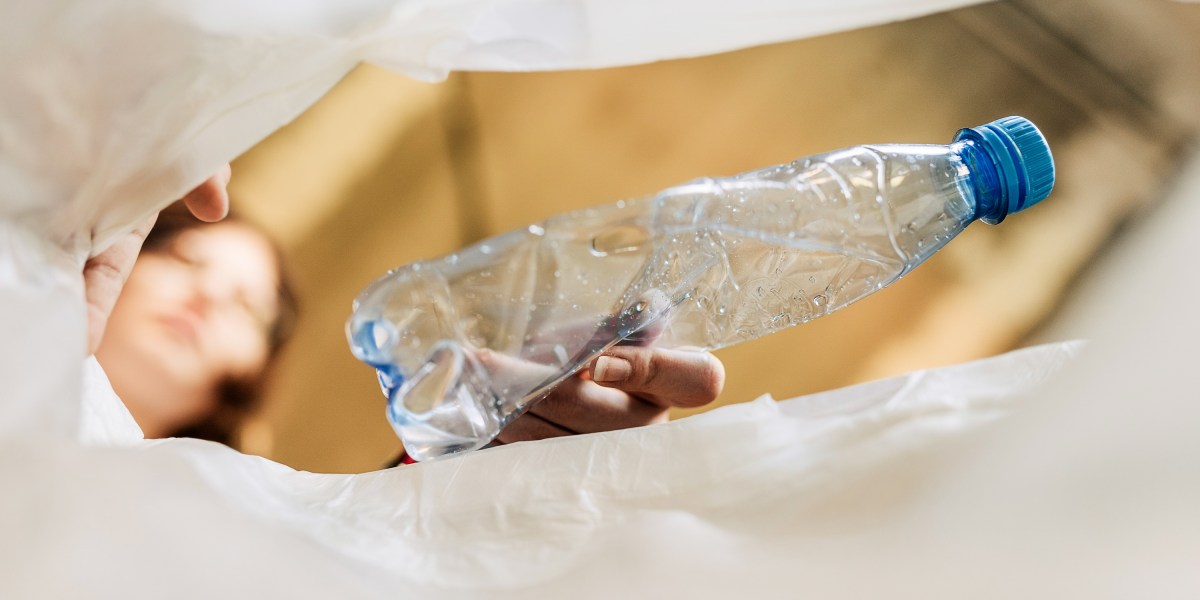
Rorrer says the researchers are also considering what materials they should use. Cobalt is more common and less expensive than some other catalysts they’ve tried, like ruthenium and platinum, but they are still searching for other options. Better understanding how the catalysts work could allow them to replace cobalt with cheaper, more abundant catalysts, Rorrer says.
The ultimate goal would be a fully mixed-feed plastic recycling system, Rorrer says, “and that framework is not completely far-fetched.”
Still, achieving that vision will take some tweaks. Polyethylene and polypropylene are simple chains of carbon and hydrogen, while some other plastics contain other elements, like oxygen and chlorine, that could pose a challenge to chemical recycling methods.
For example, if polyvinyl chloride (PVC), widely used in bottles and pipes, winds up in this system, it could deactivate or poison the catalyst while producing toxic gas side products, so researchers still need to figure out other ways to handle that plastic.
Scientists are also pursuing other ways to accomplish mixed-feed plastic recycling. In a study published in Science in October, researchers used a chemical process alongside genetically engineered bacteria to break down a mixture of three common plastics.
The first step, involving chemical oxidation, cuts up long chains, creating smaller molecules that have oxygen tacked on. The approach is effective because oxidation is “quite promiscuous,” working on a range of materials, explains Shannon Stahl, a lead author of the research and a chemist at the University of Wisconsin.
Oxidizing the plastics generates products that can then be gobbled up by soil bacteria that have been tweaked to feast on them. By altering the metabolism of the bacteria, researchers could eventually make novel plastics, like new forms of nylon.
The research is still a work in progress, says Alli Werner, a biologist at the National Renewable Energy Laboratory and one of the authors of the Science study. In particular, the team is working to better understand the metabolic pathways bacteria are using to make the products so that they can speed up the process and produce larger amounts of useful materials.
